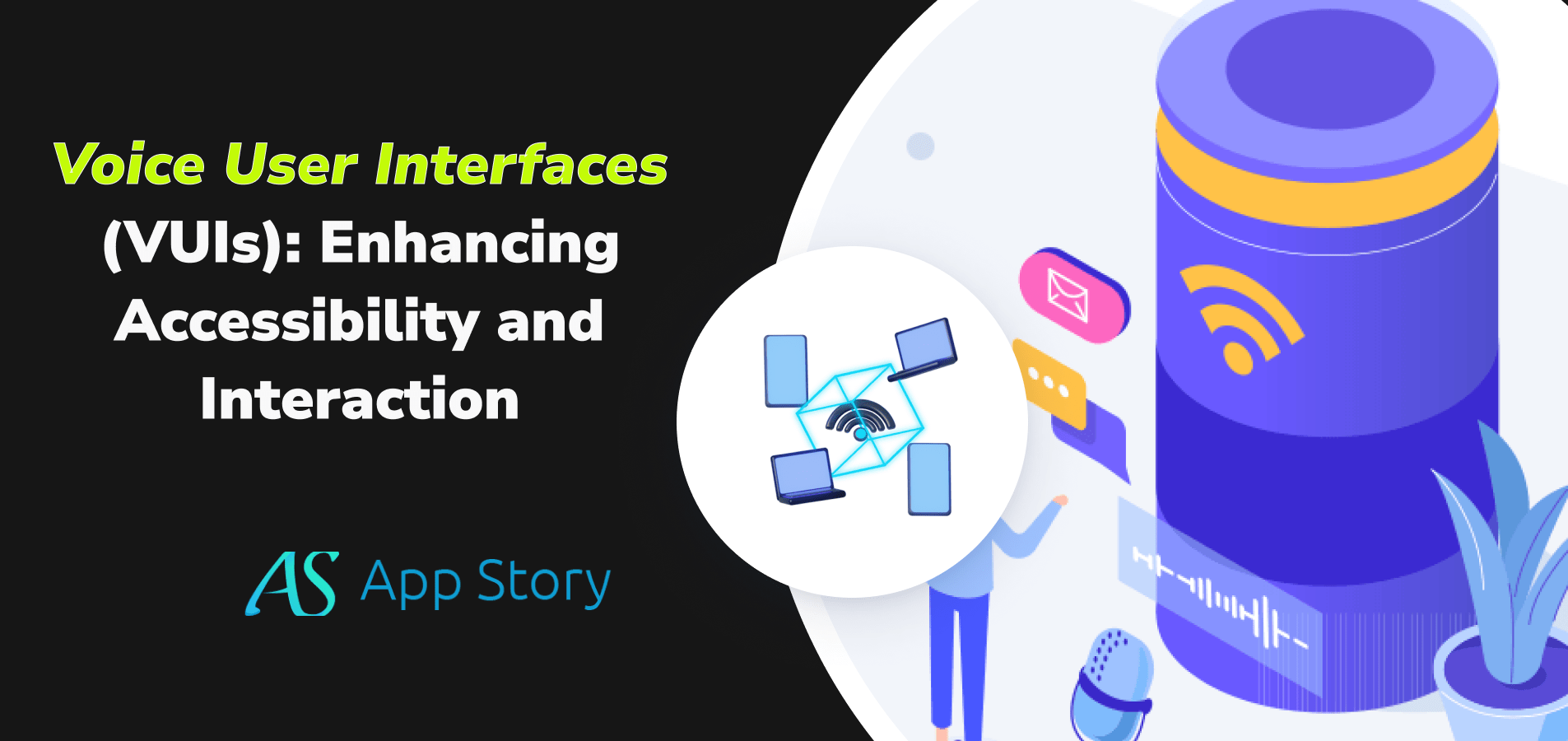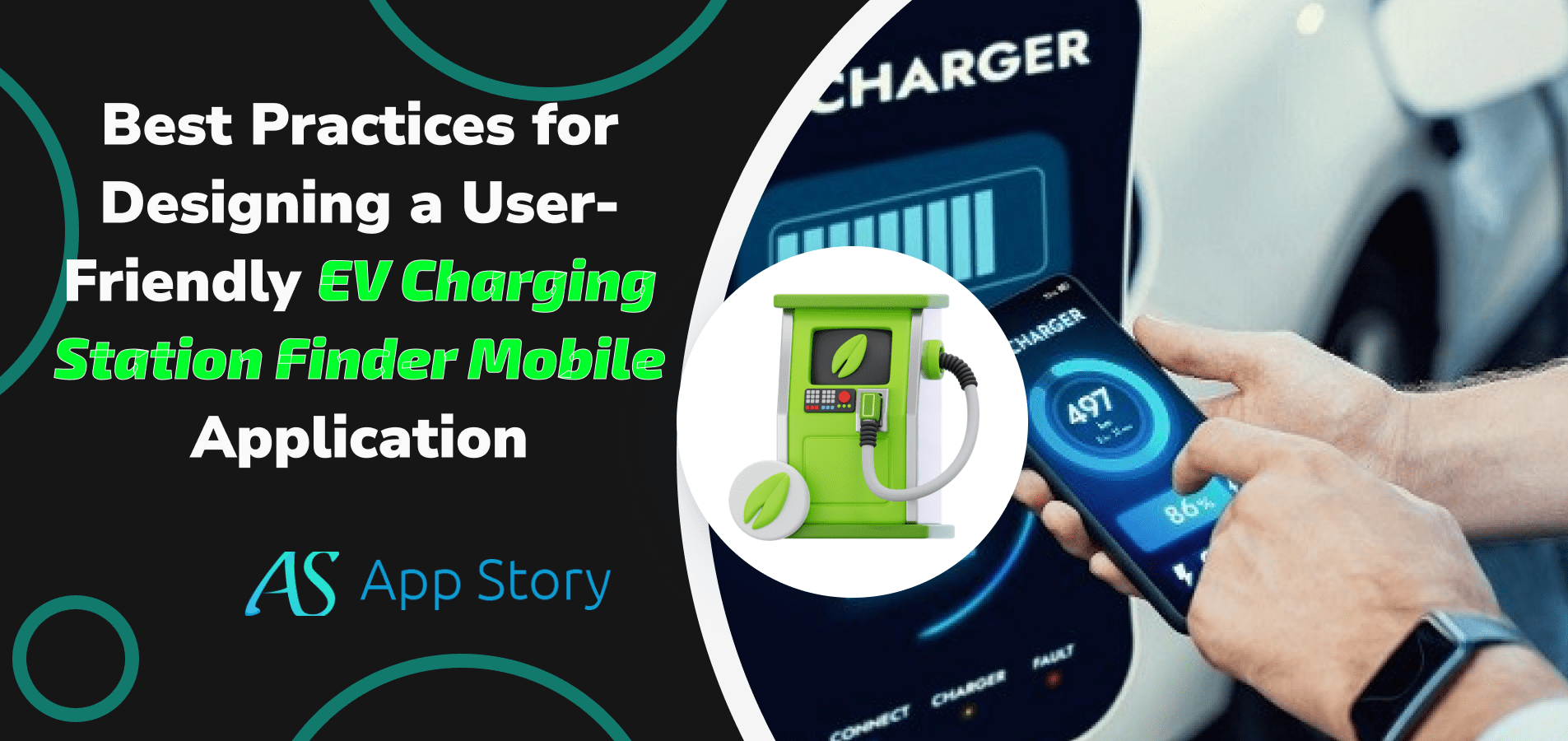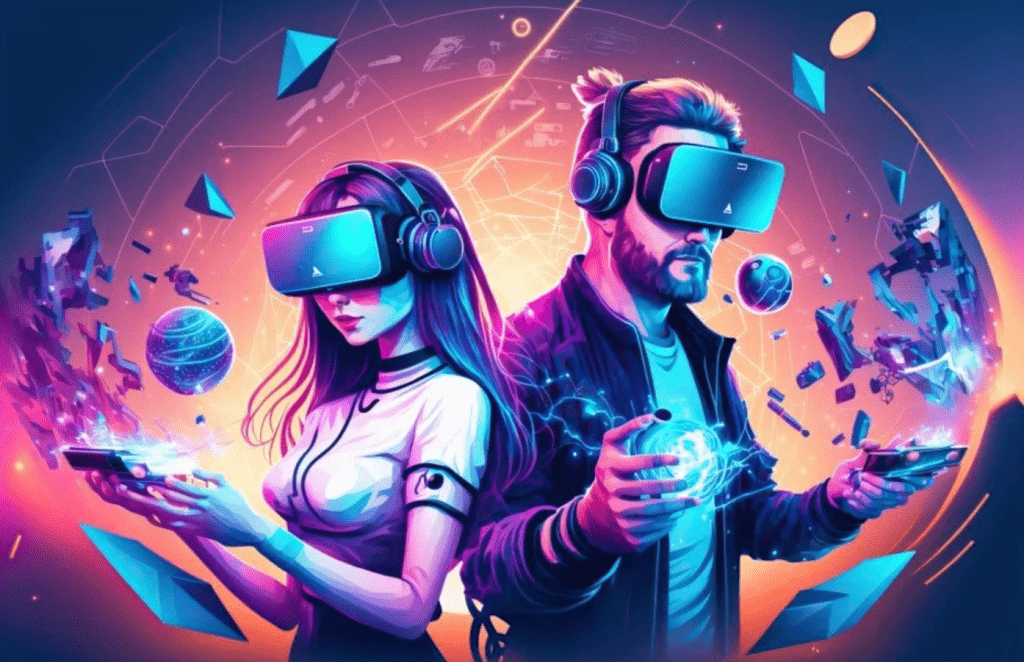Information technology is constantly penetrating into every industry to play a role in all spheres of life in order to enhance and expand their potential outcomes. IT solutions can be used to streamline the time-consuming processes, helping users visualize things better, while also finding faster and more creative approaches to tackle issues.
Healthcare is one of the areas which has been comparatively late in deploying IT solutions because of its multifaceted nature and the high-end sensitivity of the data it uses. However, it is one of those industries that can benefit the most by the use of information technology. Virtual Reality, specifically, can be used to address some of the most challenging medical problems.
Virtual reality (VR) is changing the way industries work around the globe. And, healthcare is probably the greatest adopter of VR; the technology being applied in areas like phobia treatment, relief from discomfort/pain, surgery planning, robotic surgery, skills training, etc.
VR enables healthcare experts to adapt to new abilities just as it enables them to revive existing ones in a safe environment. It even allows treatment planning without posing any threat to the patients. Virtual Reality has been also significantly useful in the development of new life-saving procedures and the surgery training of doctors.
Virtual Reality As A Tool
Virtual reality (VR) technology gained widespread interest in 2012 after the arrival of head-mounted display (HMD) products, for example, Google Cardboard and Oculus Rift. From that point, VR products have advanced into different fields, being used in both business and customer realms.
Using VR solutions, we have another approach to engage with data, transforming learning as well as being used as a healing tool in the healthcare sector.
Some of the key applications of VR solutions in healthcare mainly focus on these areas:
- Giving new and engaging ways to train and educate the medical experts
- Providing creative approaches to treat patients with neuropsychological issues
- As a potential tool for phantom limb pain or discomfort relief
- Also, giving remedial experiences for people with chronic disabilities or ailments
Top 5 VR Healthcare Solutions
Reduces Stress and Pain
Patients spend lots of time in hospitals and clinic waiting for doctors or other medical experts’ check-in. Virtual reality keeps patients in an immersive, multi-sensory three-dimensional environment that can divert patients from pain and stress.
By providing VR experiences to the patients such as visiting different places, patients can reduce their stress as well as pain level. VR even helps in alleviating the anxiety and pain of patients who suffer from acute and chronic pain.
Cancerous Tissues can be Removed
VR is helpful for patients to diminish their brain’s response to chronic pain and repair brain incongruities.
Dr. Shafi Ahmed, who did the world’s first surgery streamed in virtual reality, removed the cancerous tissue from the bowel of the patient, which took just over three hours. And, this was all because of virtual reality.
Helps to Treat Fears/Phobias
Doctors and therapists are using virtual reality to help patients come out of their phobia by tackling their fears in a managed and safe environment. They are using virtual reality with cognitive-behavioral therapy as a tool like 3D graphics that are being used to simulate the environments in the real world.
All those who are suffering from any kind of fear such as heights, storms, public speaking, flying, or fear of insects – Virtual Reality can help them to overcome this situation by making the therapy more real and effective.
VR in Post Traumatic Stress Disorder (PTSD) Treatment
VR is being used to ease Post Traumatic Stress Disorder, basically endured by military veterans after coming back from war zones like Afghanistan and Iraq. The University of Southern California Institute for Creative Technologies has implemented virtual reality to treat PTSD since 1997. They did this with the help of Georgia Tech’s “Virtual Vietnam” reenactments. Through controlled presentation treatment, war veterans relive traumatic conditions in a safe environment.
Virtual reality (VRET) is a type of exposure therapy that has increasingly been used to treat a variety of anxiety disorders that includes particular phobia or fear.
This progressive exposure technique is more powerful to deal with fears and phobia combining the VR with medicines, different types of treatment, and different medicines. Continuous exposure to the object of the fear in virtual conditions may help the patient to mitigate the fear in real life.
Advances Physical Rehabilitation and Cognitive Functioning
VR training provides an incredible method for healthcare experts to enable their patients to exercise and move their bodies in manners that might be difficult in physical therapy.
Also, VR training can assist patients with brain damage in completing everyday tasks like shopping with comfort while they recover from surgery or overcoming the impacts of a terrible mishap.
Generally speaking, VR training offers medical experts to get their hands-on training the way they need while offering them chances to directly help their patients in myriad ways.
Conclusion
So, this was all about how technology is reshaping the healthcare industry. The advent of VR in healthcare is offering progressive solutions for several human disorders. This will allow medical professionals to ensure the physical as well as mental wellbeing of their patients.
Further, with developments in technology, the launch of new and innovative applications, VR offers more effective and personalized treatments for different patients. Hence, the implementation of virtual reality will soon acquire a big platform in the healthcare sector.






 United States
United States United Kingdom
United Kingdom India
India Canada
Canada Singapore
Singapore



































